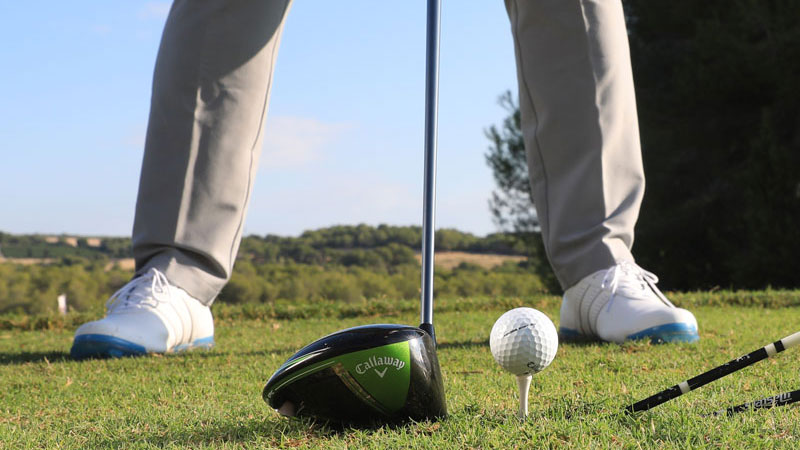How To Stop Slicing Drives
John Jacobs looks at how the club-to-path angle impacts start line, shape and how getting it wrong leads to slices


In the video and article below, PGA pro John Jacobs looks at the causes and cures of the dreaded slice...
In order to stop slicing the ball, it's important to first understand the problem and there are two main factors to consider - the path and the face. If, at impact, the face is open to your path, the plane gets tilted and the ball will naturally curve. How much depends on just how great the disparity is between the two components.
And what this means is that a slice can rear its ugly head even when the club is completely square to your target at impact. In this case, assuming a centre strike, the ball will start more or less where you want it to finish and curve away based on how far out to in your path is.
It's for this reason that you'll often see golfers shut the face on their driver at address in a bid to straighten the flight and get the ball to start left so they have at least a chance of hitting the fairway. This is also the reason why slices and pulls are linked so closely.
Before attempting to fix your slice, it's important you know what you need to work on. Is it face, path or both? If your ball is starting at your target and slicing right, you undoubtedly need to work towards a more neutral path. If it starts right and goes even further right, it could be that you just need to work on squaring the face up.
And if your ball is starting left and slicing so much that it still misses on the opposite side, you've likely embedded an issue with both.
Especially with a driver, because the ball position is further forward in your stance, you want to feel like you swing up and to the right to create a more neutral flight, or even a draw.
Get the Golf Monthly Newsletter
Subscribe to the Golf Monthly newsletter to stay up to date with all the latest tour news, equipment news, reviews, head-to-heads and buyer’s guides from our team of experienced experts.
While you don't want to get into the habit of 'flipping it', whereby the face closes rapidly through the impact area, it's good to get a feel for the arms extending through the shot and the club releasing.
It's something Xander Schauffele does brilliantly to hit his consistent right-to-left shape with the driver.
A good drill to encourage this sort of move is to go to the range and open your driver face at address. From there, try and hone the feeling of the clubhead releasing through the shot to draw the ball back to target. It should create a similar motion to that which you'd use to throw a frisbee.
Keep doing this and don't worry if you find yourself overdoing it. One of the best ways to find a desirable middle ground is to exaggerate what you do in practice.
The key is to see your shots turning over and understand the feels you need to recreate in order to produce consistently. Do this and you'll be hitting the ball further and with much more control.

Location: Cumberwell Park
John has been Head Professional at Cumberwell Park in Wiltshire since it opened in 1994. He gets as much pleasure teaching beginners as he does county players, although being Wiltshire's Head Coach, Boys Coach and Girls Coach means he's always in demand. He also works with England Golf, and was England Coach Of The Year in 2020.
He's had the pleasure of working with many top players over the years, and has fond memories coaching the likes of Tommy Fleetwood, Matthew Fitzpatrick and Tom Lewis before they made the leap into professional golf. John specialises in swing analysis and short game development.
-
 JM Eagle LA Championship Prize Money Payout 2025
JM Eagle LA Championship Prize Money Payout 2025The LPGA Tour heads to California for the JM Eagle LA Championship, where the largest prize money payout of the season so far is on the table
By Mike Hall Published
-
 Corales Puntacana Championship Prize Money Payout 2025
Corales Puntacana Championship Prize Money Payout 2025The PGA Tour’s latest opposite field event features an attractive prize money payout and some former champions in the field
By Mike Hall Published